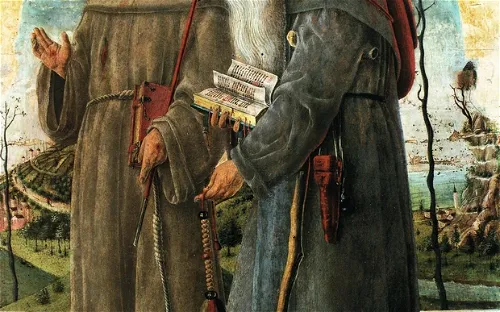Diocesan Museum of Padua and its collection
The Diocesan Museum of Padua is a significant cultural institution that showcases a wide array of arts and artifacts associated with the Roman Catholic Diocese of Padua. The museum is located in the Palazzo Vescovile, a former bishop's residence dating back to the 15th century. This historic building adds to the overall charm and appeal of the museum, making it a fascinating destination for those interested in art, history, and religion.
Collections and Display at the Diocesan Museum of Padua
The collections at the Diocesan Museum of Padua span a period from the 9th to the 19th centuries, offering a comprehensive view of the artistic and religious evolution over this time. The exhibits are thoughtfully arranged on two separate floors, with the display ordered both chronologically and by type. This systematic organization allows visitors to easily navigate through the museum and appreciate the progression of art and artifacts.
History & Anthropology Art & Design Archaeology Historic house Religion Religious building
#2 Art & Design in Padua #3 History & Anthropology in Padua #2 Archaeology museums in Padua #1 Historic houses in Padua #2 Religion museums in Padua #2 Religious buildings in Padua #134 Art & Design in Italy #57 Archaeology museums in Italy #92 Historic houses in Italy #48 Religion museums in Italy #28 Religious buildings in Italy #182 Religious buildings in Europe







